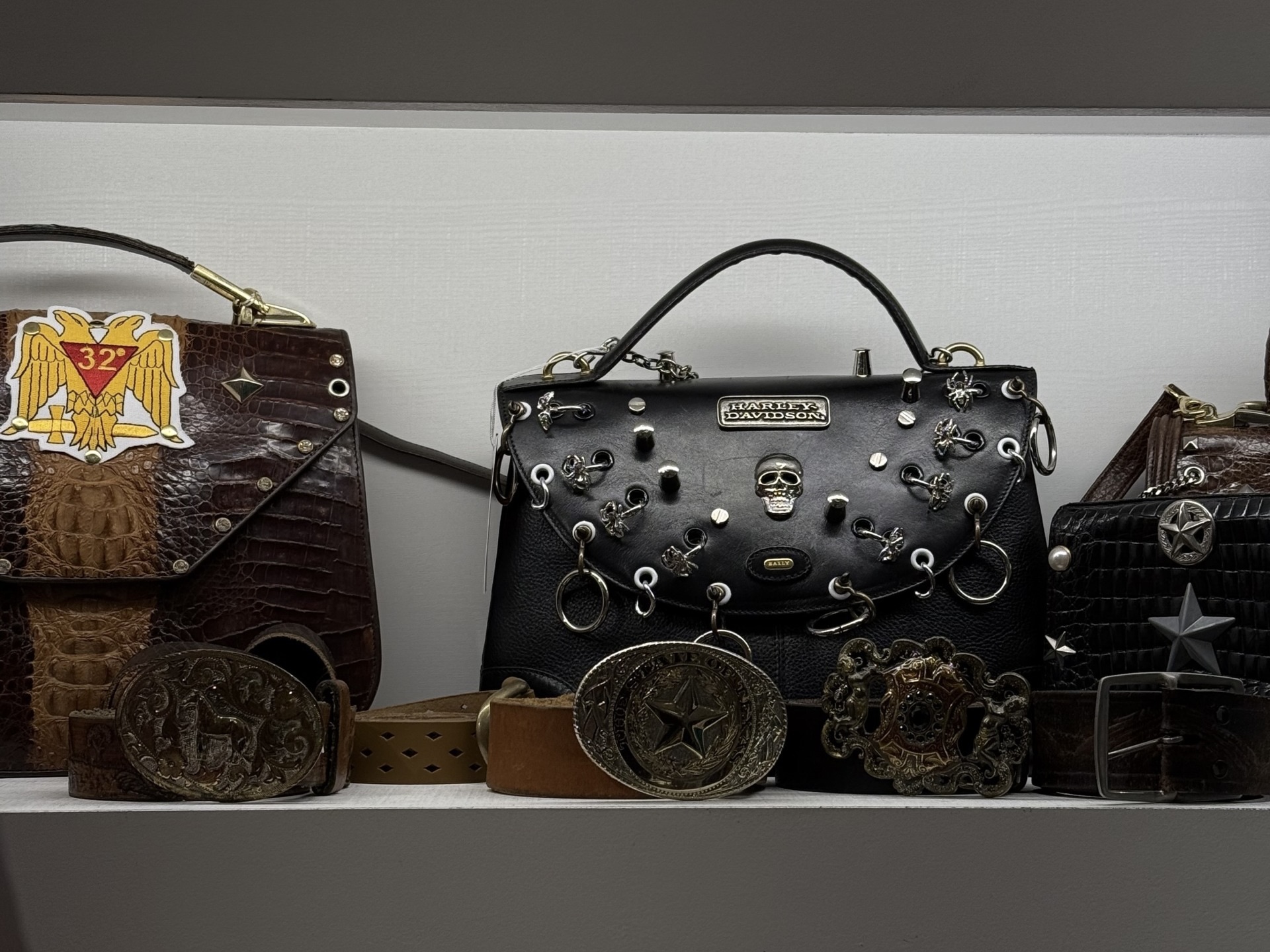The countdown is on, Trojans! Only a few weeks left of the semester, so it’s time to buckle down in time for finals and a much-deserved summer. Hopefully your spring break was full of rest with memories of the warm sun to look back on lovingly.
I spent mine in Korea, buying endless skincare products to try out, and most importantly, reconnecting with my best friend from middle school, Sunwoo. After catching up on life, post-grad plans and our families, we, of course, ended up on the topic of fashion.
I complimented her Spinelli Kilcollin ring, but she blushed and moved her other hand to cover it. She had an incredible outfit on, accessorizing with chunky silver rings, a perfect stormy gray overcoat and a small Maison Margiela bag. I asked her why she was so shy and if she dressed like this every day, but she merely responded that these more “extra” outfits (her words, not mine) were reserved for the weekends.
Sunwoo revealed that at her university in Korea, her peers frowned upon wearing any type of labels, flashy or subtle. She explained that it was almost as if you were trying too hard when you should be focusing on your education instead of attempting to prove your wealth. Wearing labeled clothing would sew on to you the degrading label of “the designer girl” or “that extra girl.”
She was amazed when I countered with USC’s culture and how, every day, I would see at least three Dior or Goyard totes. Maybe it plays into the persona that USC has or maybe it is that USC is a very creative and expressive campus, but the two opposite ends made me think about logomania and its slow death over the past few years.
Before, big logos used to be an indicator of wealth, especially in the 2016 era of “logomania,” — not to be confused with its emergence in the 1990s — where outfits would simply be repeated patterns of the brand’s print or their name, such as with Balenciaga. But now, luxury brand names have lost their status.
Falling into the trap of following rather than setting trends, luxury is now becoming associated with the idea of rarity in existence, rather than affordability: think archival, runway or true vintage designer pieces. Therefore, the value of exclusivity is now held and appreciated mainly by those working in industry or those who appreciate the industry as an art rather than as a commodity or necessity.
Part of the loss comes with the unfortunate truth that the manufacturing and physical make of the garments are not the same as they used to be, as polyester and viscose are supplemented to save money on 100% cashmere, wool or silk garments. However, it is also due to the loss of rarity. Items are no longer one of one or one of 100, as dupe culture has killed creativity, originality and brand-designer alignment.
Brands have been shifted in the unofficial pyramid of luxury tier status. Almost directly reflected by the dominance of capsule wardrobes and downsizing post-pandemic, the prestige of Pucci and Gucci in the early 2000s has now been downgraded by that of Brunello Cucinelli and Loro Piana.
While it’s not a matter of affordability or the new class of “beginner designer,” the shifts in position reflect how the clothing market has changed, specifically highlighting and rewarding those who produce items that are lacking in trend while staying true to the brand’s total or recent history.
For example, brands that have retained their original status in top tiers, such as Hermès, have done so by nibbling at trends, rather than feeding into it, sticking to classic silhouettes and original color schemes while only experimenting with patterns and textures.
The fashion landscape is hard to describe and digest, especially since it changes so quickly. The best way I can explain it, though, is like a video game when you’ve won it all. You can see the whole map — every island, every playable level and you have all the trophies — and now, all you can do is wait for an update by the developer. The difference between just waiting for the next big thing, though, is that in the video game that is the fashion industry, a rebrand is happening, and fans are anxious for its launch.
Right now, creative directors left and right are announcing their plans to leave and start under new houses, like recently breaking news of Jonathan Anderson leaving Loewe and the rumor of his new position at Dior, being the first designer to take on both mens and womenswear there.
But public trust is both up and down, with faith in fan favorites, such as Glenn Martens at Margiela, inspiring confidence, while Kering shares plummeted after they announced the appointment of former Balenciaga creative director, Demna, as Gucci’s new artistic director.
In such a cyclical industry, we can’t help but look to the past as an indicator of what to see in the future. As many people argue that “history repeats itself” and “you can’t reinvent the wheel,” fortunately, emerging designers have come to the rescue. While the media looks for a guiding opinion in the reactions of industry legends, this period of vast uncertainty has given space for students and small designers to step up to the daunting plate of trendsetting and collection presentation.
So, maybe we won’t have to knock on fashion heaven’s door, we just have to wait to see what the stork brings us. I’m sure it will be hot, new and just the palette cleanser this world needs.
Hadyn Phillips is a senior writing about fashion in the 21st century, spotlighting new trends and popular controversy in her column, “That’s Fashion, Sweetie,” which runs every Wednesday.

